Sweden travel tips
Sweden travel tips: Nordic gem with stunning landscapes, vibrant cities, social equality, rich history, and a strong commitment to sustainability and innovation.
Counties 🌎
Sweden travel tips. Here is a list of all the counties of the Sweden.

Blekinge

Dalarna

Gävleborg
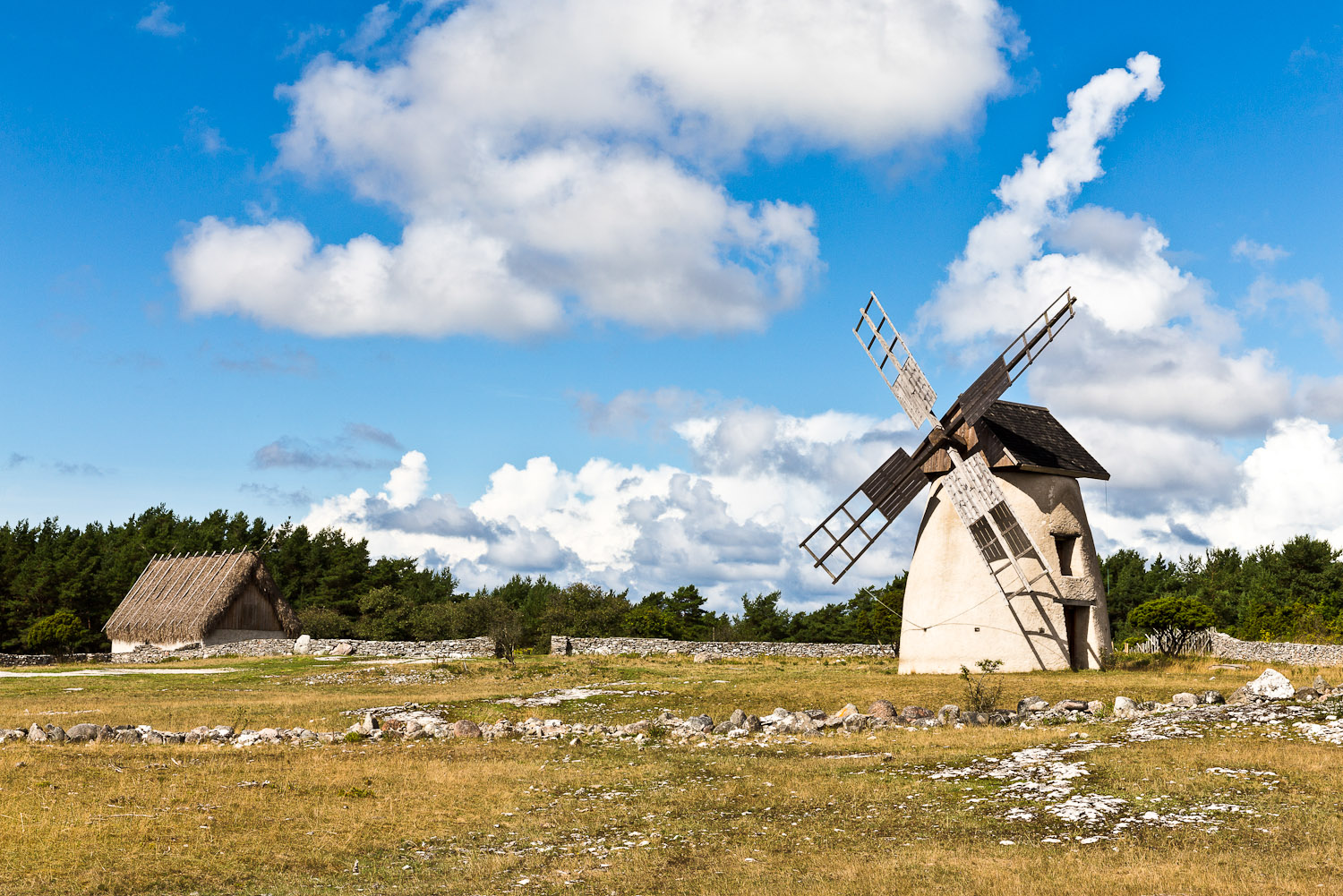
Gotland

Halland

Jämtland
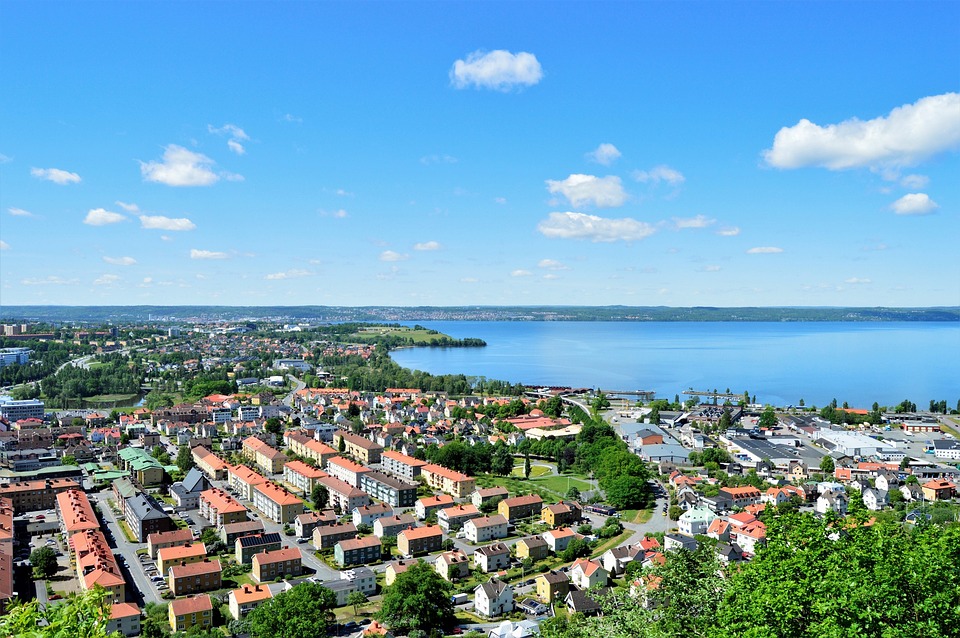
Jönköping

Kalmar
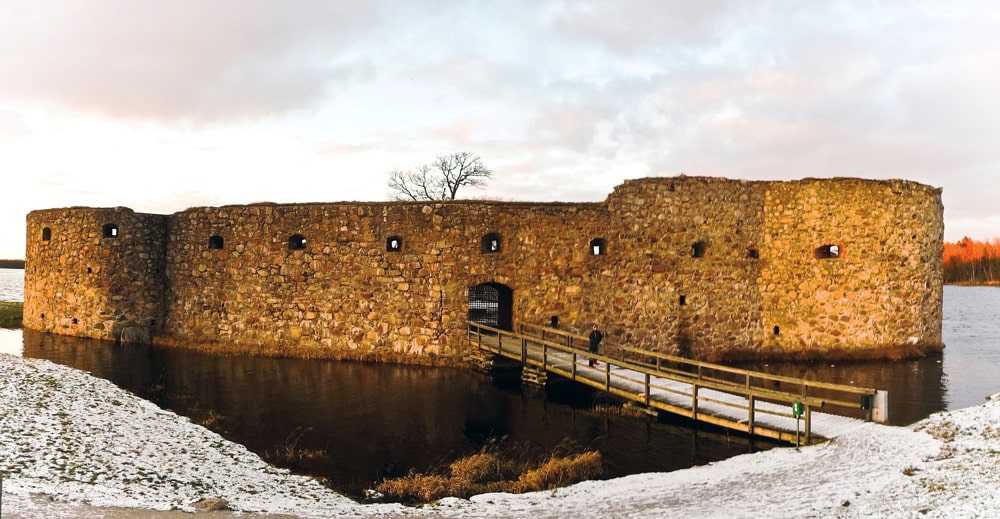
Kronoberg

Norrbotten

Örebro

Östergötland

Skåne

Södermanland

Stockholm

Uppsala

Värmland

Västerbotten

Västernorrland

Västmanland
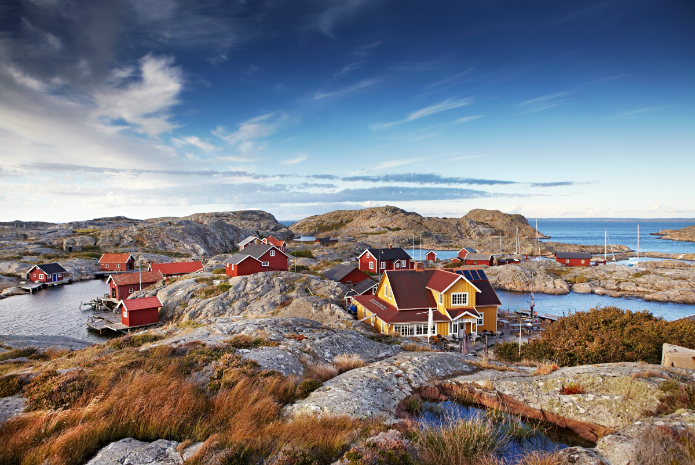
Västra Götaland
Before you go 🛩
Important information you should know before your trip
Info

Capital | Stockholm
Flag Codes:
ISO alpha-2 SE,
ISO alpha-3 SWE
Currency
Badge | Swedish Krona
CODE | SEK
NUMBER | 752
SYMBOL | kr
FRACTION | öre
Mobile Coverage
Dialing Code | +46
SIM Card
Coverage | 3G / 4G / 5G |
Mobile Networks | Tele2 Mobile | Telenor Mobile | Telia Mobile | Tre Mobile |
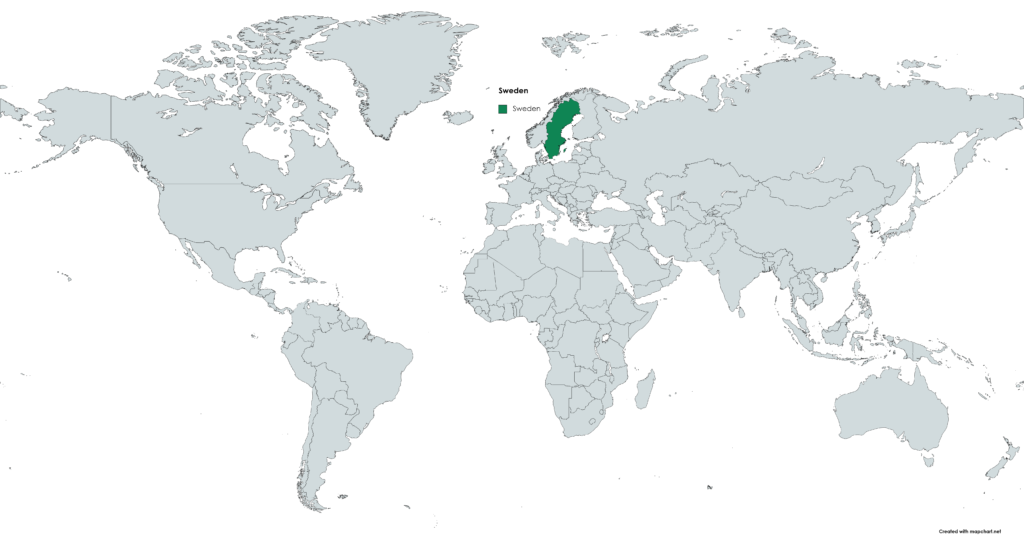
Location
Sweden is a country located in Northern Europe. It is situated on the Scandinavian Peninsula, which is in the northern part of the European continent. Sweden shares borders with Norway to the west and Finland to the northeast. It is also connected to Denmark by the Öresund Bridge, which spans the strait between Sweden and Denmark. Sweden has a long coastline along the Baltic Sea to the east and the Gulf of Bothnia to the east and northeast. The capital and largest city of Sweden is Stockholm, which is located on the eastern coast of the country.
Currency
The currency of Sweden is the Swedish Krona (SEK).
Languages
The official language of Sweden is Swedish. It is a Germanic language and is spoken by the vast majority of the Swedish population. Swedish is also one of the official languages of Finland, where it is spoken by a minority of the population.
In addition to Swedish, which is the official and most widely spoken language in Sweden, other languages are also spoken in the country. Some of them are:
Finnish: it is spoken by a minority of the Swedish population, mainly in the Norrbotten region, in the north of the country.
Sami: is a language spoken by the Sami people, an indigenous minority living in northern Sweden, Norway, Finland and Russia.
Meänkieli: is a Finno-Ugric language spoken in the Tornedalen region of northern Sweden and is closely related to Finnish.
Yiddish: It is spoken by a small Jewish community in Sweden.
Arabic: It is spoken by a growing population of Arab immigrants and their descendants.
Kurdish: It is spoken by the Kurdish community in Sweden.
Spanish, French, German and English: These are some of the most widely spoken foreign languages in Sweden due to the influence of globalization, tourism and immigration.
Climate 🌡
Sweden has a temperate climate with four distinct seasons. However, due to its size and varied geography, there are regional differences in climate across the country. Here’s an overview of the climate in Sweden:
Summer (June to August):
Summers in Sweden are relatively mild to warm, with average temperatures ranging from 15°C to 25°C (59°F to 77°F). The southern parts of the country experience warmer temperatures and longer periods of daylight. It is a popular time for outdoor activities, with pleasant weather for exploring nature, swimming in lakes, and enjoying festivals.
Autumn (September to November):
Autumn in Sweden brings cooler temperatures, especially towards the later months. Average temperatures range from 10°C to 15°C (50°F to 59°F). The foliage turns vibrant shades of red, orange, and yellow, making it a beautiful time for nature enthusiasts and photographers. Rainfall increases during this season.
Winter (December to February):
Winters in Sweden are cold and snowy, particularly in the northern regions. Average temperatures range from -5°C to 0°C (23°F to 32°F), but it can drop even lower in the north. Southern parts of Sweden experience milder winters with temperatures often hovering around freezing point. Winter activities such as skiing, snowboarding, and ice skating are popular during this time.
Spring (March to May):
Spring is a transitional season in Sweden, with temperatures gradually rising. Average temperatures range from 5°C to 10°C (41°F to 50°F) in March, and increase to 10°C to 15°C (50°F to 59°F) in May. Spring brings longer daylight hours, blooming flowers, and the return of migratory birds. It is a great time for outdoor activities and exploring the countryside.
Sweden travel tips
If you’re planning a trip to Sweden, here are some travel tips to enhance your experience:
Seasonal Considerations:
Summers are mild; winters are cold. Plan activities accordingly, like winter sports or midsummer celebrations.
Fika Tradition:
Enjoy the Swedish coffee break. Relax with coffee, pastries, and good company.
Smörgåsbord:
Try the traditional buffet with a variety of dishes. Respectful eating manners are appreciated.
Midsummer Festivals:
Experience the iconic celebration in late June with traditional dances, flower crowns, and feasting.
Transportation:
Efficient and extensive. Consider trains and buses for eco-friendly and convenient travel. View Guide.
Tech-Savvy Travel:
Use mobile apps for transportation schedules, maps, and language translation.
Northern Lights:
Head to the far north during winter for a chance to witness the mesmerizing Northern Lights.
Enjoy your time in Sweden!

The best of the best
Sweden has a rich culinary tradition, and its cuisine features a variety of traditional dishes and ingredients.

Meatballs (Köttbullar)
Swedish meatballs are a classic dish made from ground beef or a mixture of ground beef and pork, mixed with breadcrumbs, onions, and spices.

Gravad lax
Gravad lax is a popular Swedish dish consisting of raw salmon that has been cured in a mixture of salt, sugar, and dill.

Smörgåsbord
Smörgåsbord is a traditional Swedish buffet-style meal that includes a variety of cold and hot dishes. It typically features a selection of herring, smoked fish, cured meats, cheeses, salads, bread, and other accompaniments.
Here are some typical foods of Sweden:
Surströmming: Surströmming is a unique Swedish delicacy that consists of fermented Baltic herring. The herring is traditionally packed in cans and allowed to ferment for several months. It has a strong and distinct smell and is often enjoyed with potatoes, onions, and flatbread.
Janssons frestelse: Janssons frestelse, or Jansson’s Temptation, is a traditional Swedish potato casserole. It is made with thinly sliced potatoes, onions, cream, and anchovies. The dish is baked in the oven until golden brown and is often served as a side dish during holiday meals.
Princess cake (Prinsesstårta): Princess cake is a famous Swedish dessert. It is a layered cake consisting of sponge cake, raspberry jam, vanilla custard, and whipped cream, covered in a layer of green marzipan. It is often decorated with a pink marzipan rose.
Cinnamon buns (Kanelbullar): Cinnamon buns are a beloved Swedish pastry. They are made from a sweet yeast dough infused with cinnamon and sugar, rolled into spirals, and baked until golden brown. Cinnamon buns are commonly enjoyed with a cup of coffee or tea.
The country also offers a variety of seafood, game meat dishes, traditional breads, and regional specialties.
Transportation 🚥
More information about this country
Choose your destination 📍🗺
Useful Links ✅



